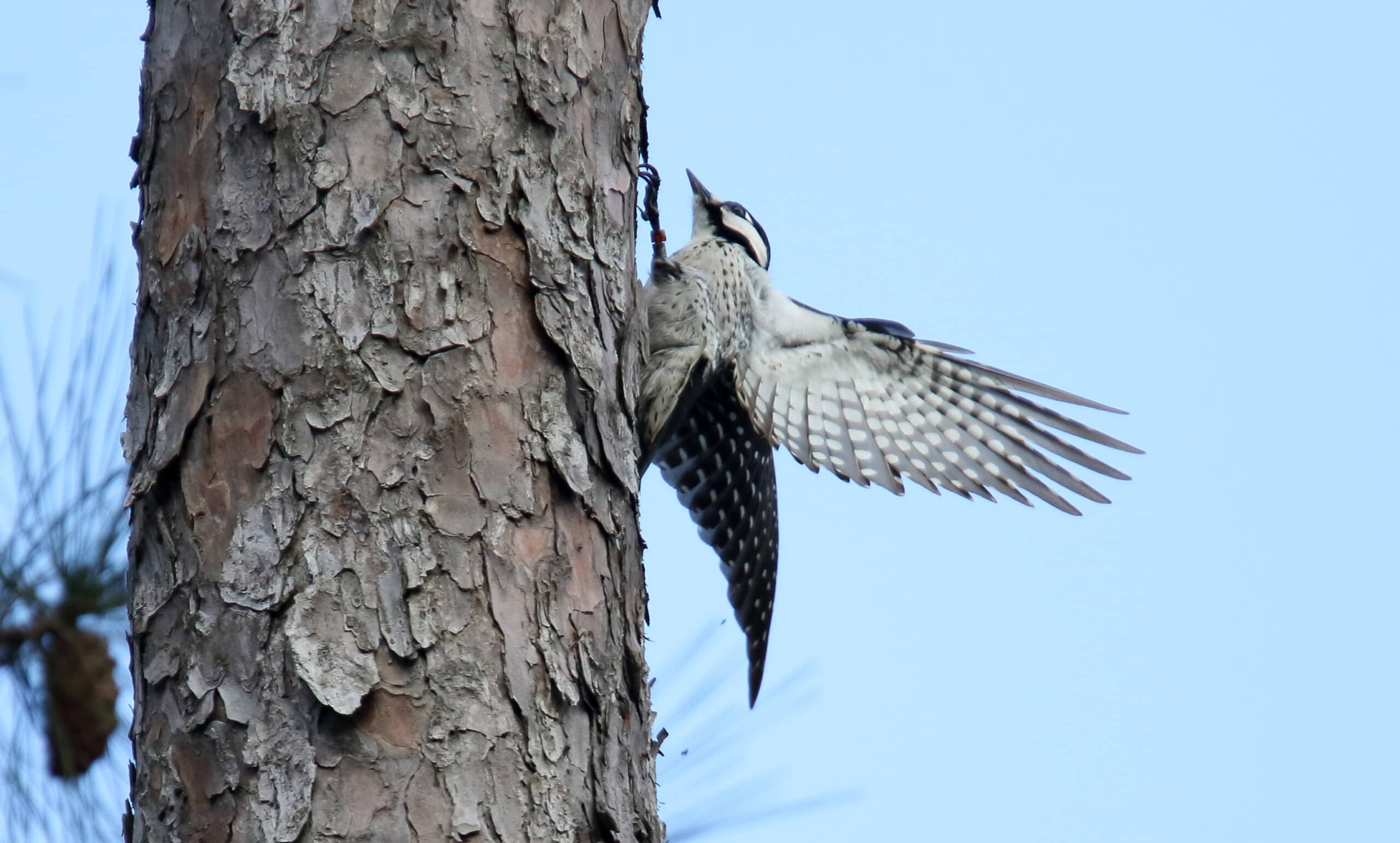Share this article
Method for predicting climate change impacts on trees may be flawed
Using tree rings to age ponderosa pine, researchers found one model may not be accurate
A common method scientists use to predict how tree species will respond to climate change may not be as accurate as they had thought. The method, called space-for-time substitution, assumes that tree species growing at the hotter end of their range can be an example of what will happen to populations at cooler locations under a warming climate. But researchers found that wasn’t true for ponderosa pine. They measured tree rings across the western U.S. dating as far back as 1900. Then, they compared the trees’ actual growth to what the model predicted would happen under climate change. “We found that space-for-time substitution generates predictions that are wrong in terms of whether the response to warming is a positive or negative one,” said Margaret Evans, a coauthor on the paper and an associate professor in the University of Arizona Laboratory of Tree-Ring Research. “This method says that ponderosa pines should benefit from warming, but they actually suffer with warming. This is dangerously misleading.”
Read the study in Proceedings of the Natural Academy of Sciences.
Header Image: A view overlooking a forest of ponderosa pine and Jeffrey pine from Verdi Mountain near Truckee in California. Credit: Daniel Perret








